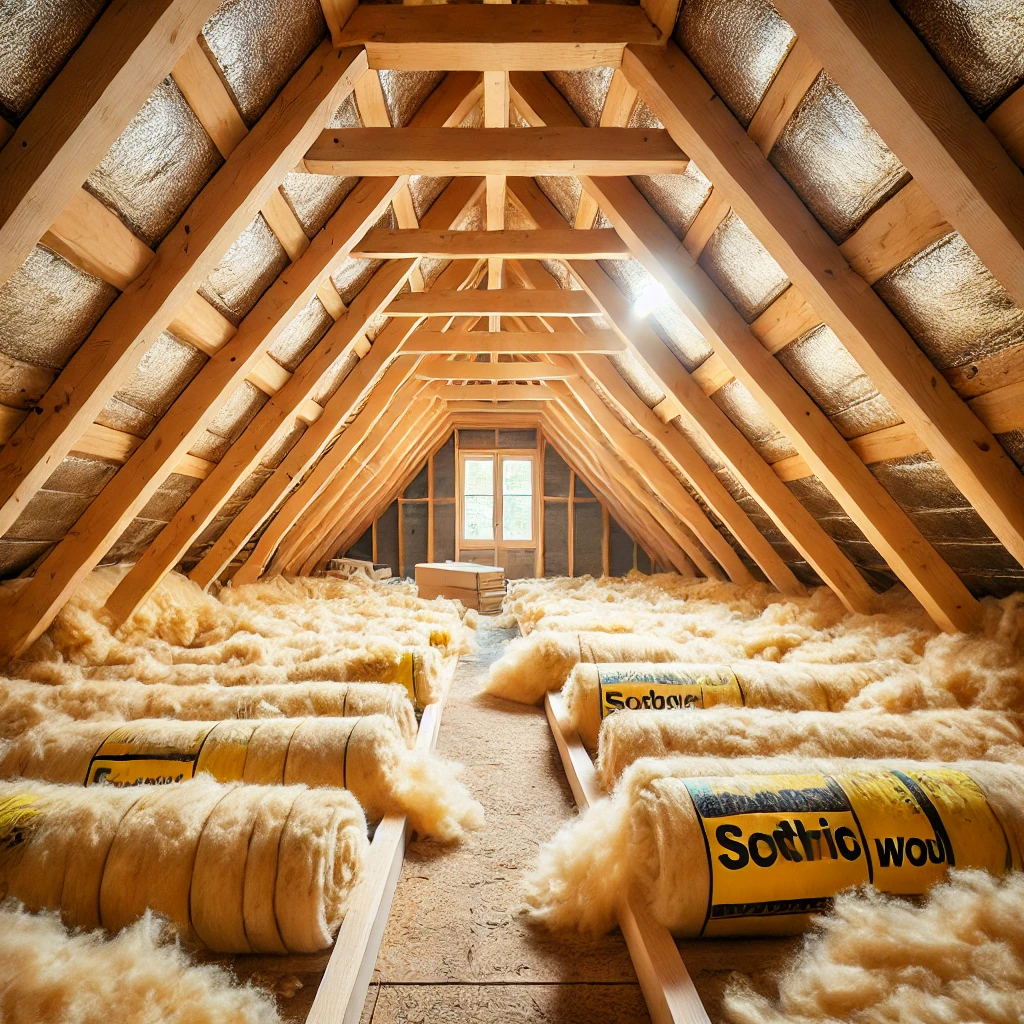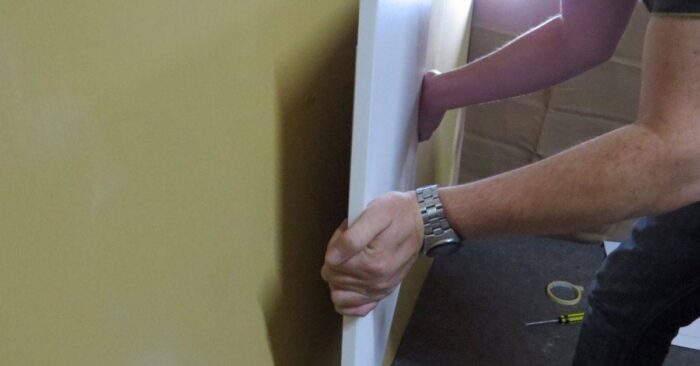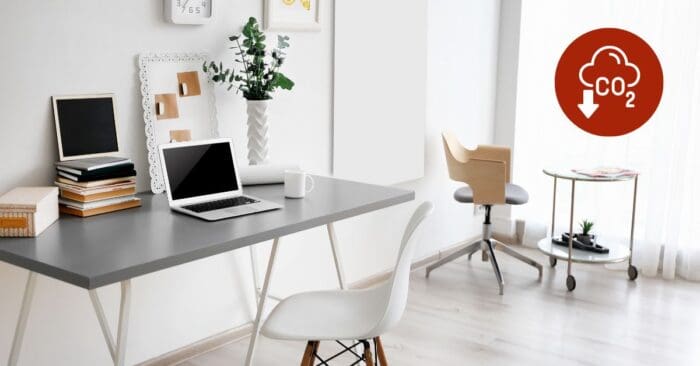Proper insulation plays a critical role in energy efficiency and reducing heating costs. If your home is not properly insulated, you can experience significant heat loss, which can result in higher bills and a less comfortable indoor environment. This article shows how to improve insulation in different areas, such as walls, roofs, floors and windows, to make your home more energy efficient and comfortable.
Why is proper insulation important?
Proper thermal insulation not only increases comfort, it also reduces heating and cooling costs and contributes to environmental protection by reducing energy consumption. If a house is not properly insulated, up to 25-30% of heat can be lost through walls, roofs, floors and windows. It is therefore important to improve insulation to minimise heat loss and optimise energy costs.
Thermal insulation repair in different areas
1. Insulation of walls
Proper wall insulation is a critical step in increasing energy efficiency. There are two approaches: internal and external insulation.
External thermal insulation
External thermal insulation involves the application of insulating material such as EPS (expanded polystyrene), mineral wool or graphite insulation material to the external surface of the walls. This method effectively reduces heat loss and protects the walls from the damaging effects of the weather.
Internal thermal insulation
Internal insulation is applied to the inside surface of the walls. Although this method is less effective than external insulation, it can still be a good option if external insulation is not possible.
2. Roof and attic insulation
Insulating the roof and attic can also have a significant impact on energy efficiency, as warm air flows upwards and significant heat loss can occur through the roof.
Attic insulation
When insulating the attic, it is recommended to use a thick insulating material such as mineral wool or cellulose. These materials are also excellent for heat retention and noise reduction.
Roof insulation
Glass wool, rock wool or PIR (polyisocyanurate) foam are often used to insulate pitched roofs, as they have excellent thermal insulation properties and provide a long-term solution.
3. Floor insulation
Floor insulation is also essential, especially if the room below the lower floor is cold. Floor insulation can reduce the sensation of cold underfoot and improve the thermal comfort of the whole dwelling.
Insulation materials
The most commonly used floor insulation materials include extruded polystyrene (XPS), polyethylene foam and wood-based insulation boards.
4. Replacement or insulation of windows and doors
Windows and doors in particular can cause significant heat loss if they are not properly insulated. Using energy efficient windows and doors can help to minimise heat loss.
Double or triple glazing
Double or triple glazed windows can significantly reduce heat loss. The air gap between these types of windows has an insulating effect, which increases the energy efficiency of the windows.
Gaskets and insulating strips
For old windows, it can be important to install new seals and insulation strips to help prevent draughts and cold air from entering.
Steps to improve thermal insulation
- Heat loss assessment
The first step is to have an energy audit carried out to identify the areas of greatest heat loss. This will help to identify which areas need urgent insulation. - Choosing the right insulating material
Different insulation materials have different properties, so it is important to choose the right material for your home and budget. - Involving a professional
Although some insulation work can be done DIY, for more complex tasks such as insulating the roof or external walls, it is worth seeking professional help.
What are the benefits of improving insulation?
- Reduced energy consumption: A well-insulated house requires less energy for heating and cooling.
- Environment: Reducing energy consumption contributes to lower carbon emissions.
- Increased comfort: Insulated houses have a more even temperature distribution, providing a more comfortable living environment.
Frequently asked questions about insulation
How much does it cost to repair insulation?
The cost depends largely on the size of the home, the surface area to be insulated and the material used. On average, insulating external walls can cost between 40-50 EUR per square metre.
Which insulation material is best?
The choice of materials depends on the application and budget. Mineral wool and polystyrene are common choices for insulating walls and roofs, while glass wool is often used for floors.
For more details on choosing the right heating solutions, read our article on the benefits of infopanels, which shows how these tools can help improve energy efficiency. For more information on energy efficiency and insulation on the official website of the Hungarian Energy and Public Utility Regulatory Office.
Take action for a more energy efficient home
Proper insulation is essential to increase the energy efficiency of your home. Insulation work in different areas - walls, roofs, floors and windows and doors - can significantly reduce heating costs while increasing comfort. Don't delay improving insulation, as the long-term savings and environmental benefits are significant.




